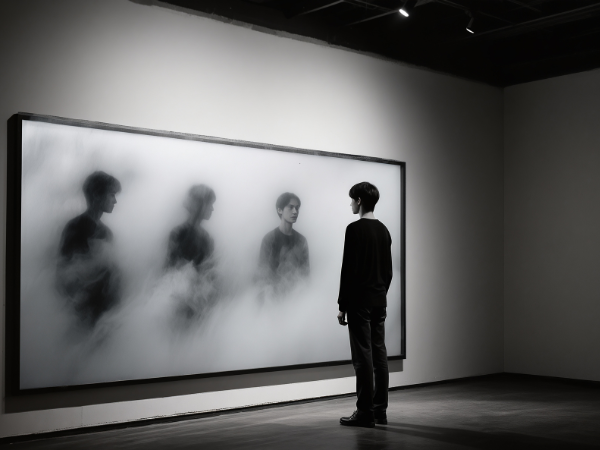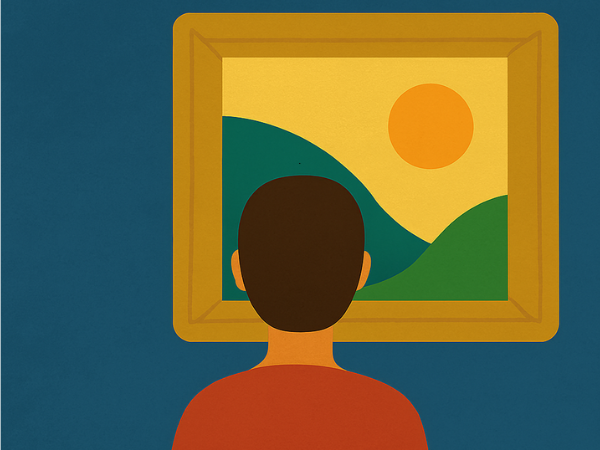When you think of powerful art, certain images come to mind—pieces that evoke strong emotions and capture pivotal moments in history. One such painting is “The Third of May 1808” by Francisco Goya.
This masterpiece not only showcases Goya’s incredible talent but also serves as a haunting reminder of the horrors of war. As you explore this iconic work, you’ll uncover its deep meanings and the historical context that inspired it. You’ll learn how Goya used light, shadow, and emotion to convey the tragedy of the Spanish resistance against French occupation.
By the end of this article, you’ll have a new appreciation for how art can reflect our darkest moments and inspire change. So, let’s dive into the story behind Goya’s striking portrayal and discover why it remains relevant today.
Historical Context
The Third of May 1808 by Francisco Goya is a powerful painting. It captures a tragic moment in history. The artwork shows the horrors of war and the impact on innocent lives. Understanding its historical context helps us appreciate its depth and meaning.
Background Of The Peninsular War
The Third of May 1808 is set during the Peninsular War. This war was fought from 1808 to 1814. It involved Spain, France, and Britain. The war started when Napoleon invaded Spain. The French aimed to control the Iberian Peninsula.
French Occupation Of Spain
In 1808, French troops entered Spain. They were welcomed at first. Many Spanish people thought they would bring peace. However, French actions quickly changed their minds. The French imposed harsh rules and took control.
Resistance And Rebellion
As the occupation continued, Spanish resistance grew. People began to fight back. On May 2, 1808, citizens of Madrid rose up against the French. This uprising marked the beginning of a brutal conflict.
The Massacre Of May 3
The painting depicts the aftermath of the rebellion. The French forces executed many captured rebels. Goya showed the horror of this event through his art. The victims appear helpless against their executioners.
Goya’s Artistic Style
The Third of May 1808 is a powerful painting by Francisco Goya. It captures the horror of war and the suffering of innocent people. Goya’s artistic style in this work is both striking and emotional. He uses light, shadow, and dramatic poses to create a strong impact. This style makes the viewer feel the pain and despair of the moment.
Influence Of Romanticism
Goya’s work reflects the Romantic style. This style focuses on emotion and individual experience. Key features include:
- Emphasis on human suffering
- Strong emotional expressions
- Use of dramatic scenes
These elements make the painting more relatable. Viewers connect with the pain of the victims.
Use Of Light And Shadow
Goya expertly uses light and shadow. This technique is known as chiaroscuro. It highlights the tension in the scene. The light falls on the victims, drawing attention to their fear. The darkness around them enhances their isolation.
Key aspects of this technique include:
- Bright light on the central figures
- Dark background to create depth
- Contrast to emphasize drama
Emotional Expression
The expressions of the figures are powerful. Goya captures raw emotion. The faces show fear, despair, and helplessness. This adds to the painting’s impact.
Notable features of emotional expression are:
- Facial features that convey pain
- Body language that suggests struggle
- Dynamic poses that create movement
Symbolism In Goya’s Work
Goya uses symbolism to deepen meaning. The figures represent the innocent victims of war. The soldiers symbolize oppression and brutality. This contrast highlights the tragedy of the scene.
Some symbols include:
| Symbol | Meaning |
|---|---|
| Light | Hope and humanity |
| Darkness | Despair and death |
| Postures | Struggle against fate |
Symbolism In The Painting
The Third of May 1808 by Francisco Goya is a powerful painting. It shows the horrors of war and the suffering of innocent people. The painting is rich in symbolism. Each element tells a story. It captures the emotions and struggles of that time.
Representation Of Innocence
The central figure in the painting stands out. He wears a white shirt, symbolizing purity. His open arms show vulnerability. This man represents the innocent victims of war. He is helpless against the soldiers. His expression conveys fear and despair.
Contrast Of Light And Darkness
Goya uses light and dark to create tension. The light shines on the victim but not on the soldiers. This shows the focus on suffering. The dark background highlights the chaos of war. It adds to the feeling of hopelessness.
Symbolism Of The Soldiers
- The soldiers are faceless and uniform.
- They represent blind authority.
- They act without emotion or hesitation.
This lack of identity shows their role as oppressors. They are distant from the pain they cause.
Color And Emotion
| Color | Symbolism |
|---|---|
| Red | Blood and violence |
| Black | Death and despair |
| White | Innocence and hope |
Goya’s choice of colors adds depth to the emotions. Red and black dominate the scene. This creates a strong visual impact. The use of white highlights the tragedy.
The painting reflects the events of the Peninsular War. It shows the conflict between the Spanish people and French forces. Goya captures the pain of war. He brings attention to the human cost of conflict.
Universal Themes
Goya’s work speaks to all viewers. Themes of suffering and injustice are timeless. The painting invites reflection on the consequences of war. It challenges us to consider the value of human life.
Composition And Technique
The Third of May 1808 by Francisco Goya is a powerful painting. It shows the horrors of war. The composition and technique used by Goya enhance its emotional impact. This section will explore how he arranged the elements in the painting and the methods he used to create it.
Composition
The composition of The Third of May 1808 is striking. Goya uses a triangular arrangement. This draws the viewer’s eye to the central figure. Here are some key points about the composition:
- Central Figure: A man in white stands out. He represents innocence.
- Contrast: The dark background highlights the figures. This creates a dramatic effect.
- Grouping: The soldiers and victims form a tight group. This shows chaos and fear.
- Diagonal Lines: The lines lead the viewer’s gaze. They add movement and tension.
Technique
Goya’s technique in this painting is notable. He used oil paints to create rich textures. His brushwork adds depth and emotion. Here are some techniques he employed:
- Chiaroscuro: This technique highlights light and shadow. It creates a three-dimensional effect.
- Color Palette: Goya uses muted colors. This adds to the somber mood.
- Detailing: The expressions on the faces are intense. They convey pain and fear.
- Layering: Goya built layers of paint. This adds richness to the overall image.
In The Third of May 1808, Goya’s composition and technique work together. They create a powerful message about the horrors of war. The painting remains a poignant reminder of human suffering.
Impact On Art And Society
The Third of May 1808 by Francisco Goya is more than just a painting. It captures a moment of horror and despair during the Peninsular War. This artwork had a profound effect on art and society. It changed how people viewed war and suffering. Goya’s work inspired many artists and movements that followed.
Artistic Innovation
Goya introduced new techniques and ideas in his painting. He used strong contrasts of light and shadow. This created a dramatic effect that drew viewers in.
- Chiaroscuro: Goya used this technique to highlight emotions.
- Realism: The painting showed real people in pain and fear.
- Composition: The arrangement of figures guides the viewer’s eye.
These innovations influenced later artists. Movements like Impressionism and Expressionism took inspiration from his style.
Emotional Response
The Third of May 1808 evokes strong emotions. Viewers feel the pain of the victims and the horror of war. Goya aimed to make people think about the consequences of violence.
- Fear of death
- Sympathy for the innocent
- Anger towards oppression
This emotional impact changed how art could be used. Art became a tool for social commentary.
Influence On Society
Goya’s work sparked discussions about war and morality. It encouraged people to question authority and injustice. The painting became a symbol of resistance.
| Aspect | Impact |
|---|---|
| Social Awareness | Highlighted the suffering of war victims. |
| Political Commentary | Critiqued the brutality of war and oppression. |
| Artistic Legacy | Inspired future generations of artists. |
Through his powerful imagery, Goya shaped public perception. His work still resonates with audiences today. It serves as a reminder of the human cost of conflict.




